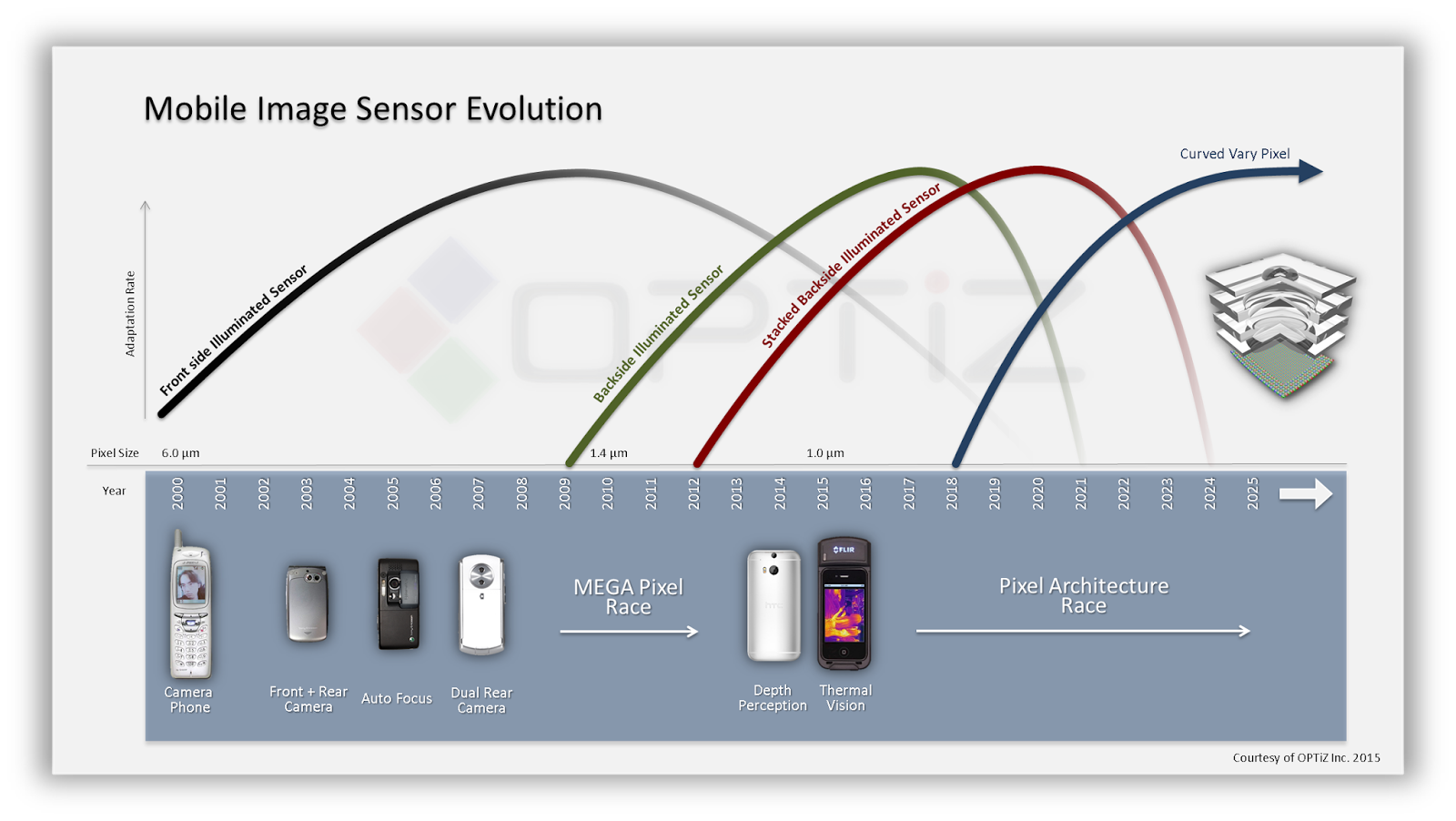PR Newswire: XMC, a Wuhan, China-based 300mm wafer foundry, announces it has shipped over 100 million BSI CMOS image sensor units. All of the BSI CIS units are high end products ranging from 5MP to 23MP by using wafer bonding technology. In addition, the state of the art 3D wafer stacking technology developed by XMC for BSI CIS has also entered volume production now. It is said to indicate that XMC has become one of the leading BSI CIS and 3D IC manufacturing companies in the world.
The R&D of wafer-level BSI technology started in the second half of 2012. It took over one year of joint effort with an unnamed XMC's partner to reach mass production at the beginning of 2014. A year later, the more advanced 3D wafer stacking, based on the BSI technology, has also been successfully developed.
"With the offering of the advanced wafer stacking technology, XMC enables its partners to enlarge the share of high-end CIS market," Shaoning Mei, CTO at XMC said, "We will further enhance our 3D IC expertise on the basis of 3D wafer stacking technology, by which we can achieve high performance and low power through directly connecting the core parts of two chips. 3D IC is expected to be an important technology to keep us on track with Moore's Law. It is also the key strength for XMC to establish its leadership in 3D IC industry."
The R&D of wafer-level BSI technology started in the second half of 2012. It took over one year of joint effort with an unnamed XMC's partner to reach mass production at the beginning of 2014. A year later, the more advanced 3D wafer stacking, based on the BSI technology, has also been successfully developed.
"With the offering of the advanced wafer stacking technology, XMC enables its partners to enlarge the share of high-end CIS market," Shaoning Mei, CTO at XMC said, "We will further enhance our 3D IC expertise on the basis of 3D wafer stacking technology, by which we can achieve high performance and low power through directly connecting the core parts of two chips. 3D IC is expected to be an important technology to keep us on track with Moore's Law. It is also the key strength for XMC to establish its leadership in 3D IC industry."














